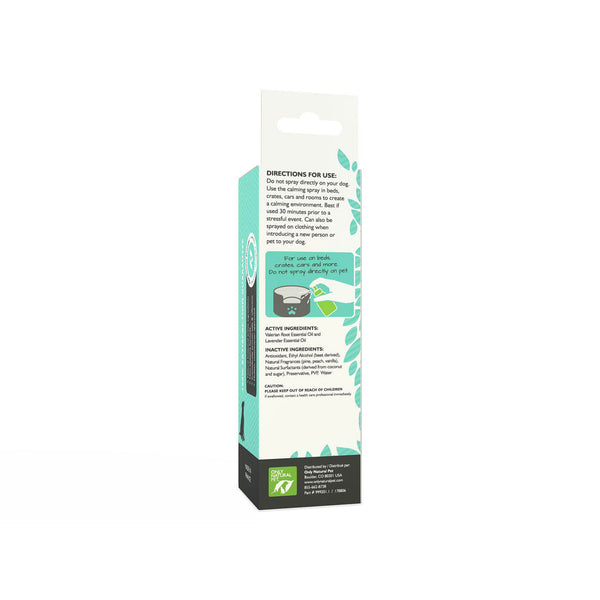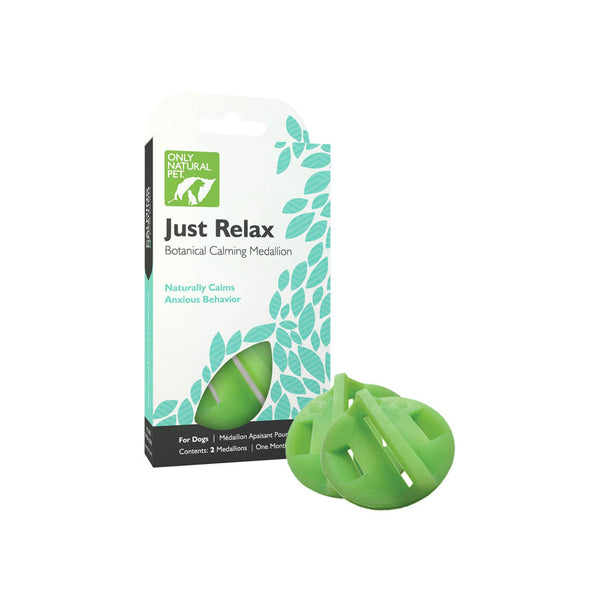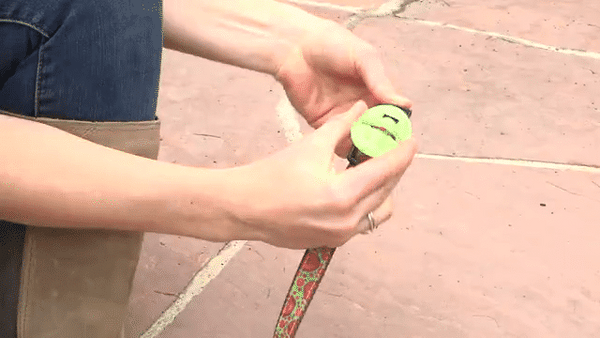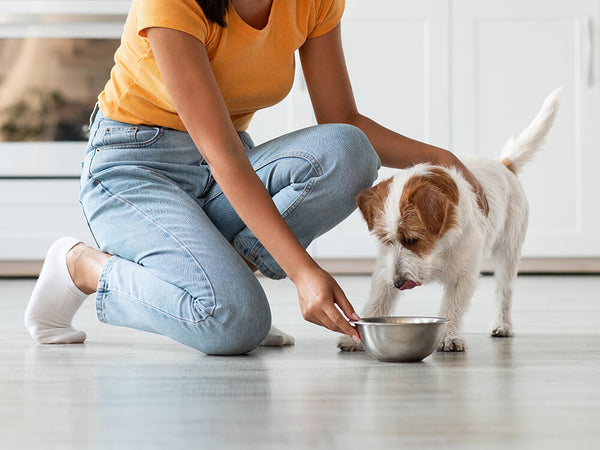Separation Anxiety: How to Teach Your Dog to be Alone
Written by: Dr. Jean Hofve, Holistic Veterinarian, DVM
All puppies and dogs experience some anxiety. Dogs are pack animals and feel most secure when in the company of members of their pack - their guardians or other dogs. Puppies need to learn how to be alone gradually, as their guardians leave them for increasing amounts of time. They learn that when left alone, nothing bad happens and that their guardians eventually return. They learn how to entertain themselves and thereby gain confidence.
However, some dogs struggle to gain this confidence. They may have been left alone too long as puppies and were traumatized by it, or they were neglected and abused. These dogs often wreak havoc on a house: chewing on doorways, destroying furniture, barking and scratching incessantly on the door. Sadly, they may even be surrendered. Well-meaning people adopt them, but they still carry low self-esteem and exhibit their learned behavior of separation anxiety.
The process of teaching dogs with separation anxiety to be alone requires a lot of time, patience, and positive reinforcement, but it can be done!
Where to Start
To start, change your routine before you leave. Try to make it less drawn out. For example, put your keys in your purse ahead of time and have your shoes ready to put on at the door. Dogs know the routine of leaving, and if it’s drawn out, they may become increasingly anxious.
Leave the house promptly and don’t make a big deal out of leaving. Emotional comings and goings can cause more anxiety. If you make leaving a big deal, by petting your dog excessively or cooing, this reinforces the dog’s sense that it is a big deal when you leave.
Instead, ignore your dog ten minutes before you leave, and when you leave, just say something like "take care of the house," a phrase that means "I am leaving and I’ll be back." Then, turn around and come back after thirty seconds to a minute later and go about your day, ignoring your dog again for ten minutes.
Leave and come back about a dozen times the first day, increasing the amount of time your are gone each time you leave. If you come home and your dog is exhibiting anxious behavior, cut the time in half, then increase it again once the anxious behavior disappears.
"The process of teaching dogs with separation anxiety to be alone requires a lot of time, patience, and positive reinforcement, but it can be done!"
It’s best to work on these exercises when you have a vacation or during the weekend because it takes a lot of time and commitment. As you begin to see success, start varying the time you are gone. Leave for thirty minutes, then two minutes, then an hour. Mimic the way a normal day would be.
Building Your Dog's Confidence
In addition to this program, there are other things you can do to build your dog’s confidence. A basic obedience class can be beneficial even if your dog is already trained, because they can learn how to handle new situations, and gain confidence in you as the "pack leader".
Also, spending quality time with your dog in the course of a day is essential. Quality time consists not only of babying or cuddling, but also activities that build a strong interdependent relationship, such as agility, playing fetch, and hide and seek. These activities can all be beneficial for the psychological well-being of your dog.
Doggie Daycare & Dog Walkers
Doggie daycares are great resources for people who work full time. If your dog spends two to three days a week in the company of other dogs, chances are they’ll be more tolerant of being left alone the other days. For some dogs, it’s asking too much to expect them to stay alone all day, five days a week. In general, even if your dog doesn’t have separation anxiety, you need to find a way to give your dog company during long days.
Another great option is finding playmates to spend the day at your house, other dogs who would also be left alone. The last option would be adopting another dog, but this option requires a commitment you might not be ready for.
If your dog isn't terribly social, dog walkers or day boarders are a great way for your dog to get out of the house and get some interaction throughout the day.
Interactive Toys
Keeping your dog occupied with interactive toys while you’re away can take their mind off of their emotions and concentrate it on a task.
Toys that your dog rolls around in order to dispense kibble, for example, are great for keeping your dog busy. You can choose to feed your dog exclusively from it when you leave, so that they’ll actually look forward to your departure!
Toys that you stuff with frozen wet food, peanut butter or other treats will also occupy the time while you’re gone. Just remember to feed your dog less if you give them a high calorie treat or snack in the day.
Avoid leaving your dog with rawhide, or other chew objects that disintegrate or be swallowed, however, because they can cause digestive blockages. If your dog is busy nosing and chewing safe objects, they will be less likely to chew on the sofa or a doorway.
Mild to Severe Separation Anxiety
Separation anxiety has various degrees of severity. Some cases only take providing chew toys and following the ten-minute ignoring rule. Other cases, however, may require extensive desensitization to the rituals of leaving the house. More severe cases may require doggy daycare five days a week. A holistic veterinarian can provide medication for the most severe cases.
For more mild cases, natural stress & anxiety solutions can be beneficial, but they must be accompanied by behavior modification.
Every solution will be different. For some dogs, distractions like toys will work. Some dogs do well in situations where they are working. Saying something like "guard the house" when you leave gives them a job. The key is to take the time to find what works best for you and your dog. Remember that dogs are pack animals and being left alone is hard for them.
Information in this article is not intended to diagnose, treat, or cure your pet and is not a substitute for veterinary care provided by a licensed veterinarian. For any medical or health-related advice concerning the care and treatment of your pet, contact your veterinarian.
Recommended Training Books
- Don't Shoot the Dog - discusses reinforcement & clicker training, ending undesirable habits, shaping behavior without pain and tips for training the dog, kids & yourself!
- Other End of the Leash: Why We Do What We Do Around Dogs - did you know a dog can feel threatened by a hug? This book describes how our actions effect our dogs and how we can improve communication.




























